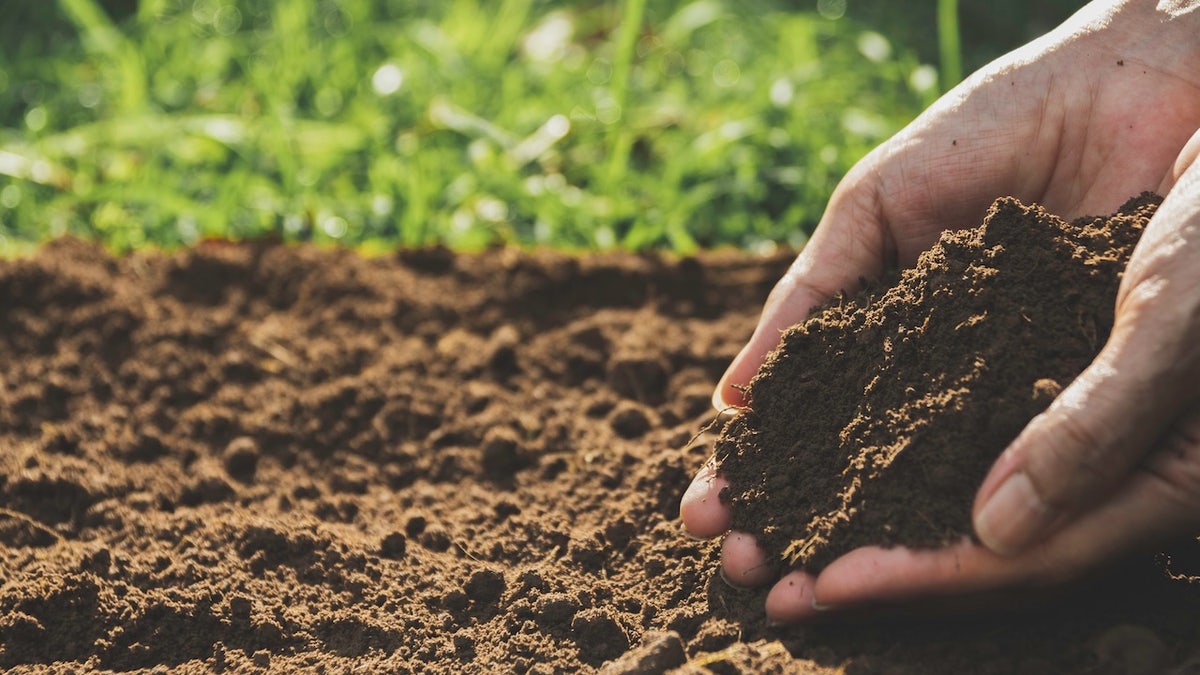NEWYou can now listen to Fox News articles!
Cases of Valley fever are spiking in California, according to health officials.
As of the end of July, there were 6,761 cases confirmed — which means if this pace continues, the total 2025 numbers will likely exceed the 12,595 cases seen in 2024.
Last year’s total was a new record for the state, where the average has been 7,000 to 9,000 cases annually between 2016 and 2024, per data from the California Department of Public Health (CDPH).
MOSQUITO-BORNE DENGUE FEVER CASES SURGE AT POPULAR US VACATION DESTINATION
The case count is likely to increase due to delays in reporting.
“Valley fever is a serious illness that’s here to stay in California,” said Erica Pan, director of the state public health department, in a statement.

Cases of Valley fever are spiking in California, according to health officials. (iStock)
Named after the San Joaquin Valley in California, Valley fever is an infection caused by breathing in the spores of a fungus called Coccidioides, which originates in the soil.
“Valley fever is a serious illness that’s here to stay in California.”
Southern Arizona and Southern California have the highest volume of cases, per the Centers of Disease Control and Prevention (CDC) — but the disease is also prevalent in New Mexico, Nevada, Utah, Texas and parts of Washington State.
Research has shown that periods of drought followed by precipitation can promote growth of the Valley fever fungus, sending spores into the air that people breathe in.
MORE CASES OF DEADLY ‘FLESH-EATING’ BACTERIAL INFECTION IN POPULAR VACATION DESTINATION
Dr. George Thompson, a professor at UC Davis Health and co-director of the Center for Valley fever in Sacramento, previously spoke with Fox News Digital about the ramp-up in cases.
“We have seen a gradual increase in cases over the last five years, and a greater number of patients are coming into our clinic for diagnosis and treatment,” he said at the time.
Risks and symptoms
While geographic location heightens the overall risk of contracting Valley fever, the CDC notes that certain groups are more vulnerable.
These include people 60 years of age and older, those who have weakened immune systems as a result of certain diseases or medical conditions, pregnant women, people with diabetes, and people who are Black or Filipino.
COULD CHIKUNGUNYA VIRUS SPREAD TO US? HERE’S WHAT AMERICANS SHOULD KNOW
Symptoms of Valley fever can vary in type and severity, but they tend to mimic those seen in patients with COVID-19, experts say.
“Some [people] may have a fever, chills or fatigue, or just feel generally unwell,” Thompson of UC Davis Health said.

Named after the San Joaquin Valley in California, Valley fever is an infection caused by breathing in the spores of a fungus called Coccidioides, which originates in the soil. (iStock)
However, he said he does see some severe cases where patients experience respiratory illness and difficulty breathing.
Other symptoms may include extreme fatigue, bone or joint pain, night sweats, fever, chest pain, severe headaches, weight loss and skin rashes, according to the CDPH.
CLICK HERE TO GET THE FOX NEWS APP
Thompson estimated that for 1% to 3% of people, the infection will leave the lungs and travel to other parts of the body, which can lead to meningitis.
People who experience severe Valley fever illness may need to be treated in a hospital, and may need ongoing medical care for months or years, health officials cautioned.

Since the fungus that causes Valley fever lives in the soil, infection is often “hobby-related,” an expert said. He said he sees many cases among people who are in archeology or who spend a lot of time outdoors. (iStock)
Although it’s rare, people outside the high-risk groups can experience severe effects from Valley fever.
One of those is Rob Purdie from California, who contracted Valley fever in 2012 when he was 38. The infection led to meningitis, which caused severe headaches and double vision, he previously told Fox News Digital.
“Some [people] may have a fever, chills or fatigue, or just feel generally unwell.”
The spores of the fungus had spread from his lungs to his brain and nervous system, a potentially fatal condition.
More than a decade later, Purdie lives with the lingering effects of disseminated coccidioidal meningitis caused by Valley fever.
Prevention strategies
Since the fungus that causes Valley fever lives in the soil, infection is often “hobby-related,” Thompson said. He said he sees many cases among people who are in archeology or who spend a lot of time outdoors.

Anyone who has experienced cough, fever, fatigue or other Valley fever symptoms for more than seven to 10 days should see a doctor. (iStock)
For those in high-risk groups, the doctor recommends avoiding construction sites or areas where soil is often stirred up into the air.
People can also wear an N95 respirator, a type of high-quality mask, to minimize exposure in dusty areas.
Diagnosis and treatment
Not everyone who acquires Valley fever requires medical treatment, although some may benefit from antifungal medications.
Those who have severe symptoms, take immunocompromising medications, have cancer, have HIV, are pregnant or have had an organ transplant are likely to need antifungals.
CLICK HERE TO SIGN UP FOR OUR HEALTH NEWSLETTER
A blood test sent to a lab can confirm a current or prior infection of Valley fever, and a chest X-ray or CT scan can detect cases of pneumonia, according to the CDC.
For more Health articles, visit www.foxnews.com/health
Anyone who has experienced cough, fever, fatigue or other Valley fever symptoms for more than seven to 10 days should see a doctor, especially if they have been around dirt or dust in areas where the fungus is prevalent.


